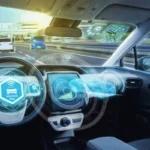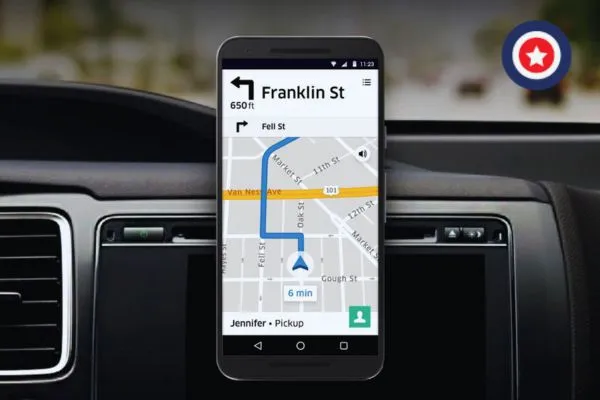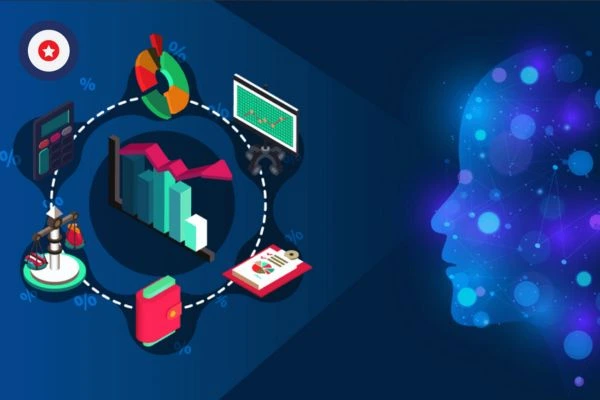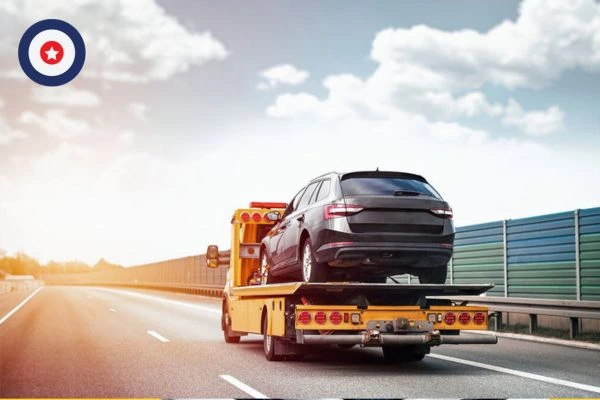
Insta Navigation: Guide to Getting Around the App
30 September 2024
Role of AI in Modern Artificial Intelligence
5 October 2024In the present speedy world, route ”navigation” applications have in a general sense changed how we travel. Gone are the times of unfurling paper maps or depending entirely on verbal bearings. With simply a cell phone, we can get a continuous route ”navigation”, traffic refreshes, and customized travel proposals. This article investigates the advancement of route navigation applications and how they have reshaped traverse the USA, UK, and Canada.
The Ascent of route ”navigation” Applications
1. From Paper Guides to Computerized Arrangements
The excursion of the route ”navigation” started with paper maps, which, while helpful, had limits in precision and accommodation. As innovation progressed, the presentation of GPS (Worldwide Situating Framework) laid the foundation for advanced route navigations.
● Early GPS Frameworks: During the 1990s, independent GPS gadgets arose, giving essential route ”navigation” highlights. Be that as it may, they were many times costly and restricted in usefulness, expecting clients to physically enter objections.
● The Introduction of route ”navigation” Applications: The genuine transformation happened with the appearance of cell phones. Applications like Google Guides and Waze, sent off in the mid 2000s, carried GPS innovation to our fingertips, empowering simple admittance to route ”navigation apps” whenever and anyplace.
2. Key Highlights That Changed Travel
Route ”navigation” applications have presented various highlights that altogether upgrade travel encounters:
● Continuous Traffic Updates: One of the champion elements of current route ”navigation” applications is their capacity to give ongoing traffic refreshes. Clients can keep away from clogged courses and get substitute bearings, saving time and decreasing pressure. This is especially valuable in thickly populated urban communities where traffic examples can change quickly.
● Turn-by-Turn Headings: These applications offer voice-directed, turn-by-turn bearings, permitting drivers to zero in out and about without continually looking at their screens. This element has made route ”navigation” more secure and more easy to use, particularly for those new to the area.
● Multi-Modular Travel Choices: Numerous route navigation applications presently give choices to different methods of transportation — driving, strolling, cycling, and public travel. This adaptability urges clients to investigate elective travel strategies in view of their inclinations and requirements, advancing a more supportable way to deal with movement.
● Customized Suggestions: Applications like Google Guides and Apple Guides presently consolidate client information to propose customized proposals for adjacent cafés, attractions, and service stations, improving the general travel insight. These ideas are much of the time in view of client inclinations and past quests, making it more straightforward to find neighborhood jewels.
3. The Effect on Various Kinds of Movement
Route ”navigation” applications have changed what we explore as well as meant for different types of movement:
● Travels: For excursion devotees, route ”navigation” applications have become crucial. Clients can design courses, find intriguing stops en route ”navigation”, and even track down facilities. The capacity to reroute ”navigation” in light of ongoing circumstances makes unconstrained travel more attainable and agreeable. Also, highlights like course improvement assist clients with picking tourist detours, upgrading the movement experience.
● Metropolitan Travel: In occupied urban communities, route ”navigation” applications have changed how we investigate metropolitan conditions. Whether you’re strolling, cycling, or utilizing public vehicles, these applications give the best courses and choices, making city investigation more available. They frequently remember data for public travel plans, assisting clients with exploring complex transportation frameworks.
● Travel Abroad: While going to new nations, route ”navigation” applications dispense with the apprehension about getting lost. Clients can get to maps in different dialects, making it more straightforward to explore unfamiliar urban areas and find neighborhood areas of interest. Some applications even take into consideration disconnected map access, guaranteeing clients can track down their direction without depending on information associations.
4. The Occupation of Neighborhood Joint exertion
One of the main benefits of route ”navigation” applications is the local area driven viewpoint:
● Client Produced Content: Applications like Waze depend on clients to report traffic conditions, mishaps, and street risks. This continuous information assortment encourages a cooperative climate, helping other people explore all the more effectively. Clients procure focuses and awards for contributing data, which empowers dynamic interest.
● Publicly supported Updates: Numerous route ”navigation” applications permit clients to alter and refresh map data, guaranteeing that the information stays exact and state-of-the-art. This element is especially valuable in regions where street conditions change oftentimes, for example, development zones or new street openings.
5. The Fate of route ”navigation” Applications
As innovation keeps on advancing, so too will route ”navigation” applications:
● Coordination with Shrewd Gadgets: The future will probably see a significantly more noteworthy mix with savvy gadgets, like wearables and brilliant vehicles. Envision getting route ”navigation” cautions on your smartwatch or having your vehicle naturally change its course based on constant traffic information.
● Increased Reality (AR): AR innovation is starting to advance into route ”navigation”. Applications that overlay headings on certifiable pictures can give a more vivid and natural route ”navigation” insight, making it simpler for clients to follow courses. This innovation can likewise assist clients with distinguishing milestones and focal points along their excursion.
● Supportability and Eco-Accommodating Travel: With a rising spotlight on manageability, future route navigation applications might consolidate highlights that assist clients with picking eco-accommodating courses, for example, those that focus on open vehicle or cycling. This shift lines up with a developing consciousness of ecological effect among explorers.
Conclusion
Route ”navigation” applications have significantly changed how we travel, making route ”navigation” simpler, more secure, and more productive. From travels to metropolitan investigation, these applications have become fundamental devices for millions in the USA, UK, and Canada. As innovation keeps on propelling, we can expect route navigation applications to develop further, upgrading our movement encounters and making the world more available.
Whether you’re a continuous voyager or an intermittent pilgrim, embracing route ”navigation” applications is vital to partaking in a smoother venture.




